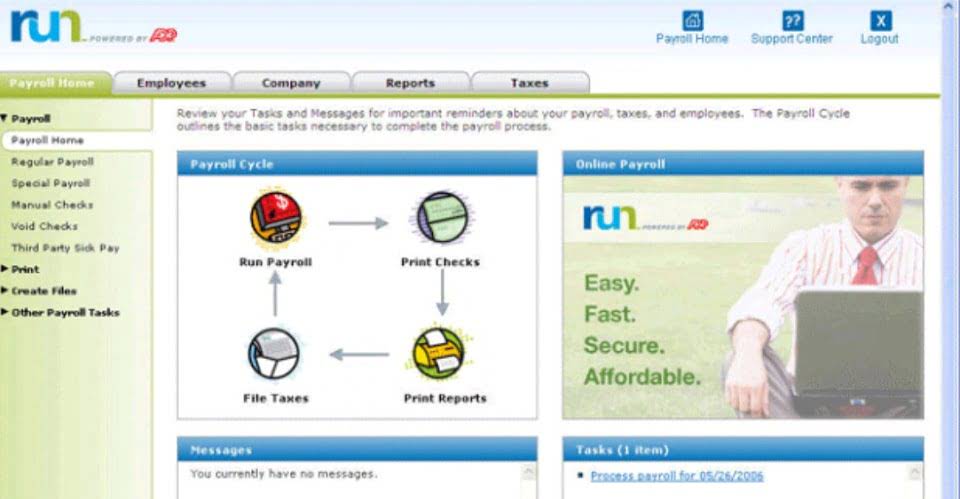Trade Payables in Accounting Definition & Importance Explained

To encourage prompt payment, sellers may offer discounts like “2/10, n/30,” meaning a 2% discount if paid in 10 days. If a customer pays a $1,000 invoice within the discount period, the seller debits Cash what is trade payable for $980, debits Sales Discounts for $20, and credits Accounts Receivable for $1,000. Cloud-based platforms have further revolutionized payables management by offering real-time visibility into financial obligations and enabling remote access. This is particularly beneficial for businesses with decentralized operations or those that employ remote workforces. The ability to view and manage payables from any location ensures that financial managers can make informed decisions quickly, without being tied to a physical office. Accruals and accounts payable are two important aspects of financial accounting, however, they both paint a different picture of a company’s financial position.

Accounting for Trade Payables

Agreement may specify a term over which the creditor has to claim the outstanding amount at the expiry of which the debtor seizes to be liable for the amount due towards the payable. This represents the gross amount of liability to be de-recognized from the balance sheet. The liability of the entity does not extinguish by the mere passage of time.
- The strategic use of payment terms can serve as a financial lever to optimize working capital.
- A “trade payable” refers to an amount owed by a company to its suppliers for goods and services purchased on credit.
- Trade payables are recorded as current liabilities on the balance sheet, representing amounts due within a short period, generally within one year.
- Selecting the appropriate period is essential for an accurate payables turnover calculation.
- Constantly monitoring and analyzing performance of your vendors is also important for managing trade payable.
- It sounds simple, but managing trade payables effectively is critical to your cash flow, vendor relationships, and financial accuracy.
What is another name for trade receivables?
- Yes, trade payables and accounts payable are often used interchangeably.
- The accounting entry for trade payables involves crediting the accounts payable account and debiting the relevant expense or asset account, depending on the nature of the transaction.
- The Accounts Payable account is credited, to increase the liability, and the Stationary Expense account is debited, to increase the expense.
- Cloud-based platforms have further revolutionized payables management by offering real-time visibility into financial obligations and enabling remote access.
- When AP is paid down and reduced, the cash balance of a company is also reduced by a corresponding amount.
- IFRS 9 Financial Instruments states that financial liabilities should only be de-recognized by an entity when the related contractual obligation is ‘discharged, cancelled or expired’.
- Every business buys materials, equipment, or services on credit, meaning they don’t pay immediately.
Picture a busy café, Coffee Central, that just sold a cup of coffee to a customer on credit. The amount the customer owes for the coffee gets recorded under accounts receivable. Accounts payable turnover is the total purchases on credit divided by the average https://www.takamine.co.jp/2021/10/17376/ accounts payable balance.
The Role of Accounts Payable in Financial Management

In accounting, confusion sometimes arises when working between accounts payable and accounts receivable. Mixing the two up can result in a lack of balance in your accounting equation, which carries over into your basic financial statements. Additionally, the days payable outstanding (DPO) metric is instrumental in assessing how long it takes for a company to pay its invoices from the point of receiving them. A longer DPO can imply that a company is effectively using its available cash, but it can also signal that a company is delaying payments to manage cash shortages.

Payment Gateway

This flexibility is especially useful for startups or businesses with uneven revenue cycles. While this can happen intentionally, companies can also accidentally miss payments if they don’t have a good accounts payable system in place. The more cumbersome the invoice system is, the longer it takes to send and receive the appropriate paperwork. First, it’s less likely for a supplier to end the relationship outright.
Forrester Recognizes HighRadius in The AR Invoice Automation Landscape Report, Q1 2023
- All accounts payable are actually a type of accrual, but not all accruals are accounts payable.
- Instead, they will be thrown into the residual heading of Other payables.
- Additionally, there is the cost of goods sold (COGS), which is defined as the cost of acquiring or manufacturing the products that a company sells during a period.
- Modern supply chains have grown longer and more complicated as trade becomes increasingly global in nature.
- The major components of liabilities are either long-term liabilities or current liabilities.
- Errors from outside the company can also compromise the integrity of the financial data.
It is also important to not rely on a single vendor too much HOA Accounting to avoid supply chain issues. Onboarding more vendors or switching vendors might be the best plan of action for this scenario. Managing trade payables well means balancing supplier trust, cash flow, and compliance. A structured approach can prevent financial strain and create opportunities for cost savings. Tracking these expenses also helps in the preparation of the balance sheet.
